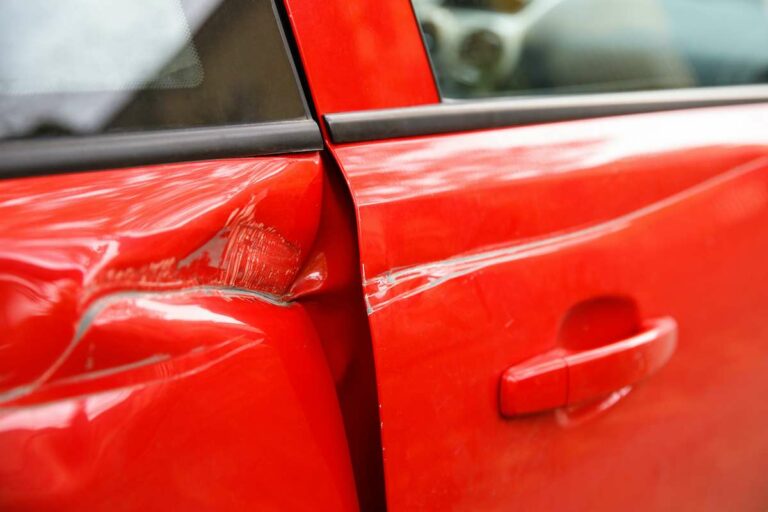Does a Car Tire Need a Cap? Everything You Need to Know!
A tire cap may appear insignificant in the bigger scheme of things, and many people believe that the tire cap is just there for aesthetics, to enhance the look of the tire valve stem. However, no part of your vehicle’s components is there by accident; everything has a function. So, does a car tire need a cap?’
A car tire needs a valve cap to protect its Schrader valve from dirt, moisture, and road ice that can clog or contaminate the valve’s sealing surfaces. A clogged valve can lead to damage to the tire and a leaking valve stem. Tire valve caps may be small, but they play an important role in tire care.
Many motorists drive around without a valve cap, leaving their valve stem system unprotected. Valve caps are an important part of protecting your tires, but we hardly notice when they are gone, typically after a mechanic has done some work on your car, forgetting to put them back. How important is a tire valve cap?
Does A Car Tire Need A Cap?
The Schrader valve, referred to as an “American valve,” is a common inflated tire valve used in almost all modern automobiles. The valve consists of a stem and a valve stem core and keeps the air or nitrogen in car tires.
All tires, when new, are fitted with a protective casing that goes over the Schrader valve called a tire valve cap, dust cap, or tire pressure cap. These caps were designed to help protect the car tire.
Technically you can drive around without a tire valve cap, but it’s highly recommended that you replace a lost tire cap as soon as possible. Let’s see why.
Why Does A Car Tire Need A Cap?
As mentioned, a tire valve cap was designed to protect the Schrader valve, but what does this valve need protection from?
The easy answer is that the tire cap protects the valve from dirt, grime, moisture, and any contaminant that may clog or negatively affect the valves sealing surfaces, which could lead to the tire losing air and ultimately failing.
Damage to the Schrader valve, caused by not using a tire cover, might cause air to leak out of the tire. Schrader valves are vulnerable to water, mud, and road salt damage when the tire cover isn’t on. The likelihood of air escaping from the tire increases if the valve is filthy or broken.
Let’s recap; a car tire cap is responsible for keeping debris, water, and contaminants out of the valve system and, secondly, to help keep the air inside the tire if there’s a small leak.
Will Tires Lose Air Pressure Without Valve Caps?
Losing a valve stem cap won’t cause a tire to lose pressure since it’s the job of the Schrader valve to keep the air in a tire. A tire with an undamaged and functioning Schrader valve will not lose air pressure due to a valve cap not protecting it.
If an unprotected Schrader valve sustains damage, the tire might be compromised inside. A leaking or faulty Schrader valve needs to be replaced as a valve cap’s main function isn’t to keep the air pressure in your tire.
Does A Valve Cap Keep Air Pressure In When Valve Is Faulty?
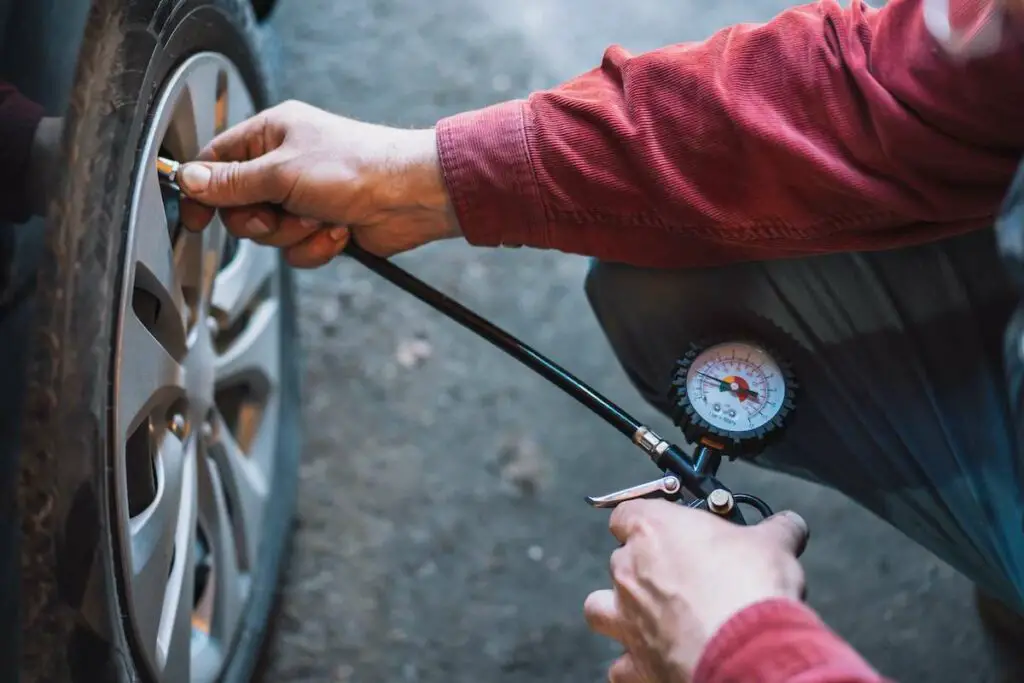
There has been much discussion, spanning many years, on the effectiveness of tire valve caps for maintaining tire pressure. Simply said, the valve cap’s job is to protect the tire valve. Should the valve break, nothing can be done to prevent the air from leaking.
However, rubber washers or seals are often found inside metal, and certain high-quality hard-plastic caps serve as a mechanical seal which does wonders in limiting air loss from a minor leak due to a faulty valve core. They seem to afford some protection against loss of pressure.
The bottom line is even when the valve cap delays the deflation of a tire to a degree; it won’t be able to stop a faulty Schrader valve from leaking or the tire from deflating.
How To Test If A Tire Valve Is Leaking
The best way to test if a tire air valve is leaking is to take some lubrication like WD40 or water and spray it onto the valve stem opening. If you spot bubbles forming, you can be certain that some air is leaking.
What To Do When A Tire Cap Doesn’t Come Off?
When a valve stem cap is constructed of cheap metal that rusts, it may bond to the stem and prevent the valve from screwing off. The first thing to try is to spray some lubricant around the cap and up into the cap if possible. Wait a few minutes and try to remove the valve cap.
If lubricants don’t work, you can use a hacksaw to cut through the cap, taking care not to damage the valve. The valve cap should be able to peel it off after loosening it up.
Types Of Car Tire Caps
There are mainly three types of tire valve caps available:
- Plastic Domes
- Metal Domes
- Metal “Screwdrivers”
Plastic dome tire caps are perfect for most cars. However, some are designed for protection only. Ensure that your valve caps are equipped with a separate seal, rubber washer, or O-ring rubber that creates a more airtight seal with the Schrader valve.
Tire caps fitted with these extras are better equipped to keep the air in (in case of a leak) and act as a cushion between the valve system and the cap that prevents the cap from loosening or falling due to vibrations of the tire.
Here are a few examples of tire caps that feature extra components to ensure an airtight seal:
- Samikiva Tire Stem Valve Caps (O-Rubber Ring)
- CKAuto Tire Valve Stems
- Valve-Loc Tire Valve Caps
- JUSTTOP Car Tire Valve Stem Caps
- American Flag Tire Valve Stem Cap Cover
Is Plastic Tire Caps Better Than Metal Tire Caps?
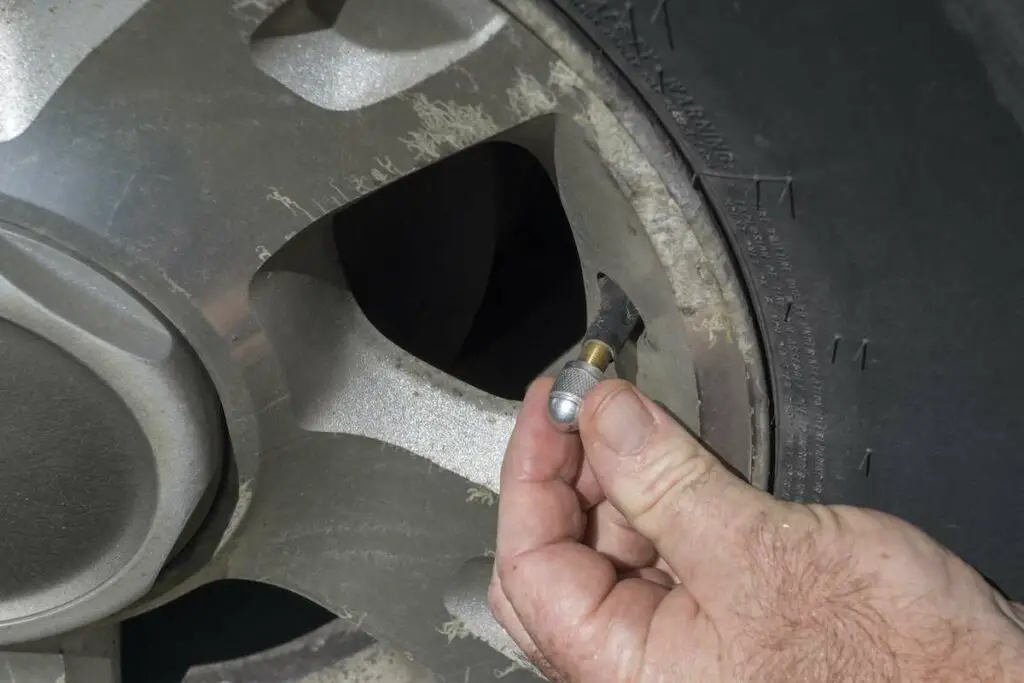
Plastic tire caps are your safest choice, as metal caps can corrode and fuse with the tire valve stem, in which case you will struggle to remove them when it’s time to inflate the tires. It’s not to say that if you opt for metal tire caps, you will eventually have to take a grinder to get them off.
The debate of plastic vs. metal tire caps can be found on forums across the internet, and there’s no obvious answer to which type is the best, as both types seem to work well. With the occasional mention of metal tire caps merging with the valve stem.
Choosing a metal cap with a plastic liner is maybe the safest bet, as you get the best of two worlds. An aesthetically pleasing metal exterior with the durability of plastic. Plastic metal caps with seals (O-ring rubbers) are considered the best at preventing pressure loss.
What Type Of Valve Cap Works Best On TPMS Valve Stems?
The Transportation Recall Enhancement, Accountability, and Documentation (TREAD) Act was enacted by the United States government in response to an increase in accidents caused by underinflated tires. As a result of this law, most cars sold in the US after 2007 come equipped with a TPMS of some kind.
The Tire Pressure Monitoring System in a vehicle will sound an alarm if the air pressure in the tire dips below a certain threshold. This electrical system links a sensor mounted on the wheel hub to a display in the vehicle’s cabin, indicating whether the tires are at the correct pressure.
The TPMS sensor is often a metal valve (aluminum) clamped onto the tire or a rubber stem that snaps into the tire’s valve. If your tire pressure sensor has an aluminum stem, you shouldn’t use a steel “heavy duty” valve stem cap.
Corrosion locks the steel and aluminum together, which is especially problematic in locations where road salt is utilized. It’s best to use plastic valve caps on aluminum stems.

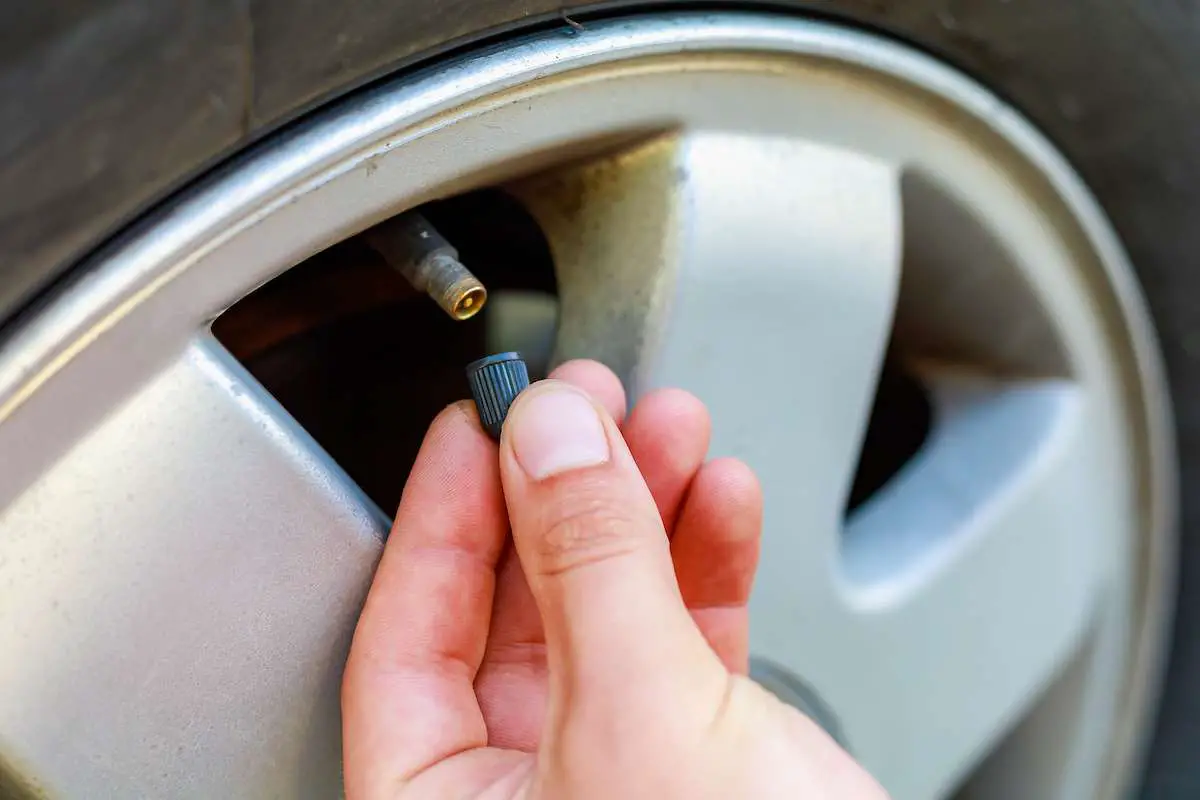
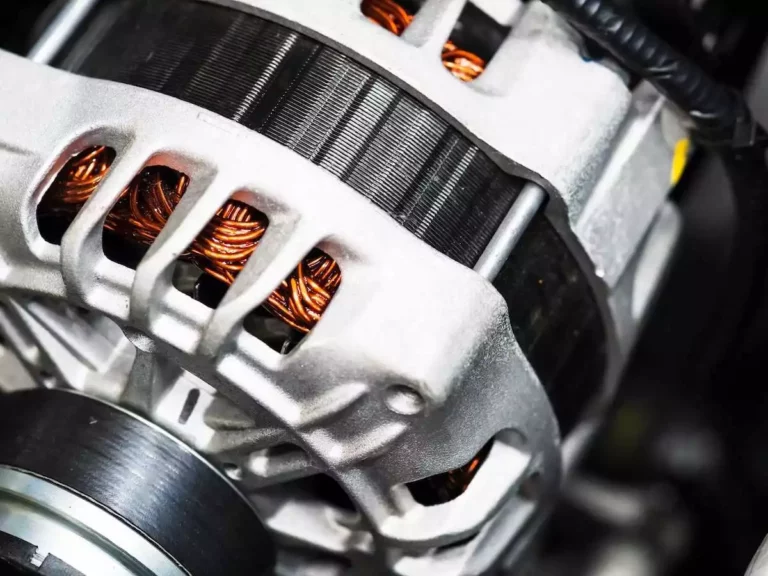
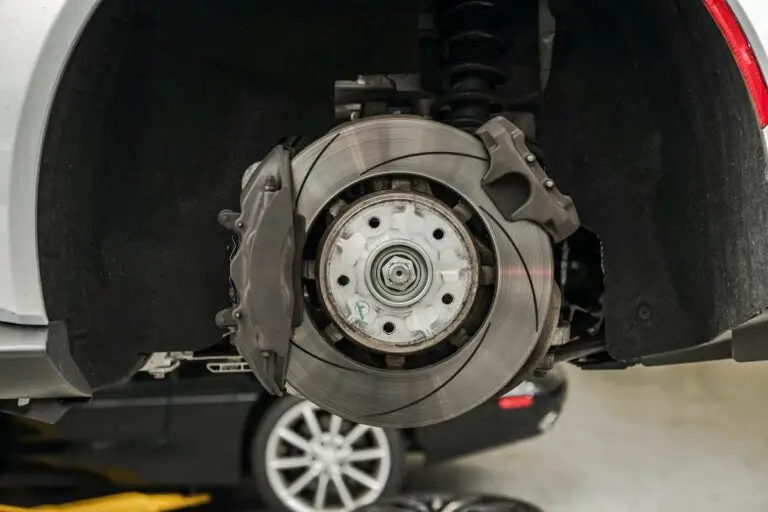
![Does CarMax Lease Cars? [Complete Guide!]](https://vehicleuniversity.com/wp-content/uploads/2023/01/black-man-sitting-inside-of-new-car-and-shaking-ha-2022-01-19-00-11-50-utc-768x576.webp)
![Car AC Cools For a While And Then Stops? [Mystery Solved!]](https://vehicleuniversity.com/wp-content/uploads/2023/01/girl-driver-with-hand-fan-suffering-from-heat-in-c-2022-11-15-04-07-09-utc-768x512.jpeg)
![How To Purge Air From Car’s AC System [Full Guide!]](https://vehicleuniversity.com/wp-content/uploads/2023/01/auto-mechanic-working-in-garage-repair-service-lo-2021-12-27-15-44-26-utc-768x513.webp)
